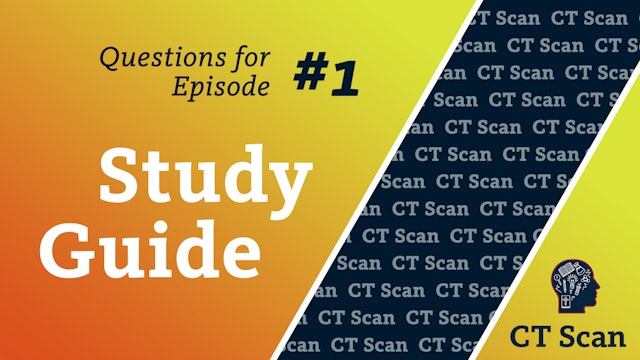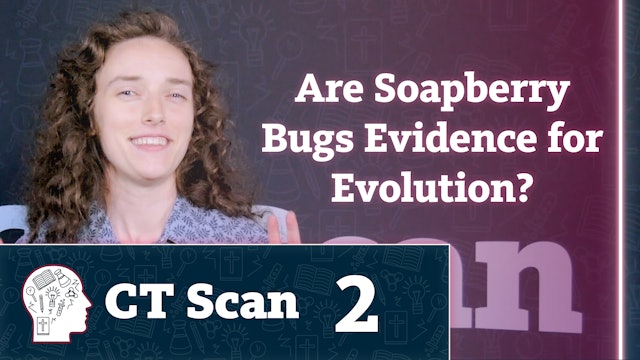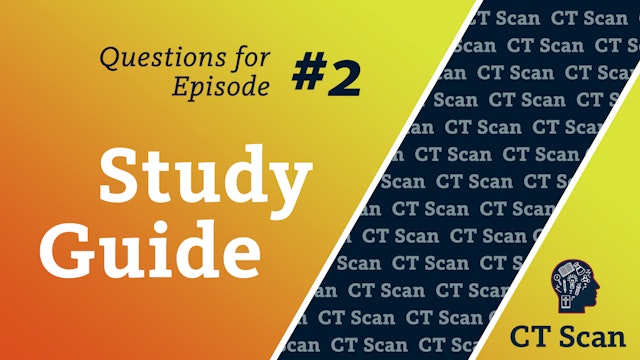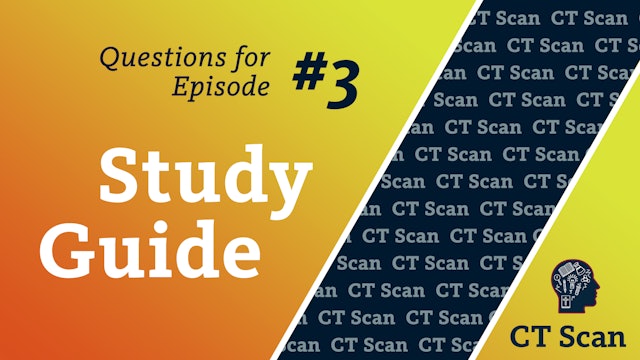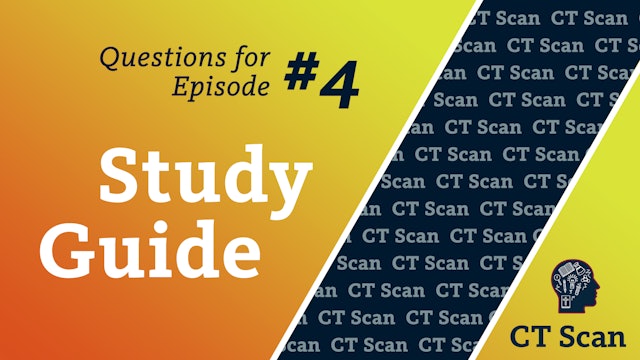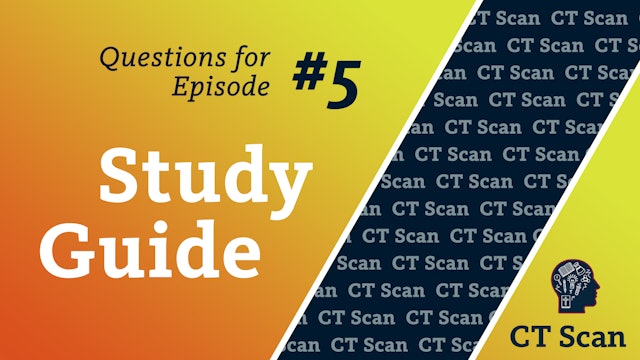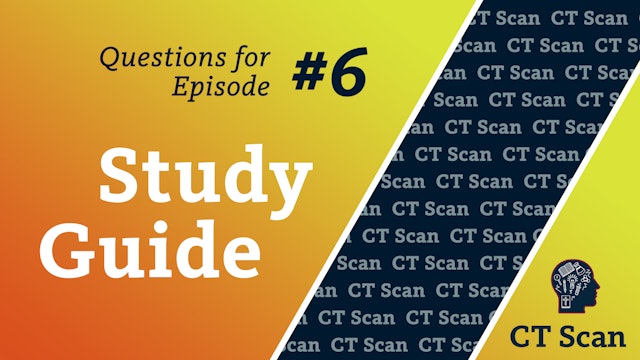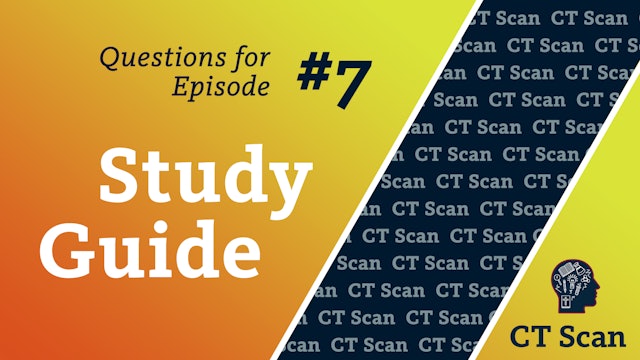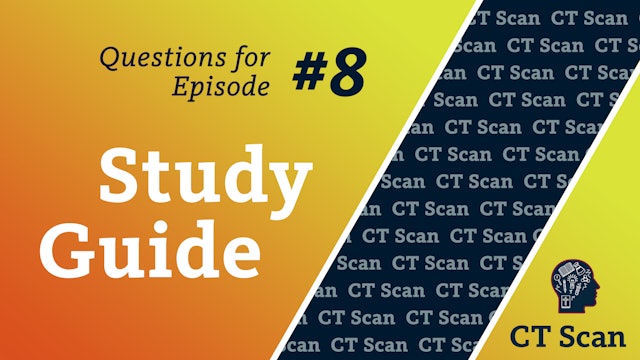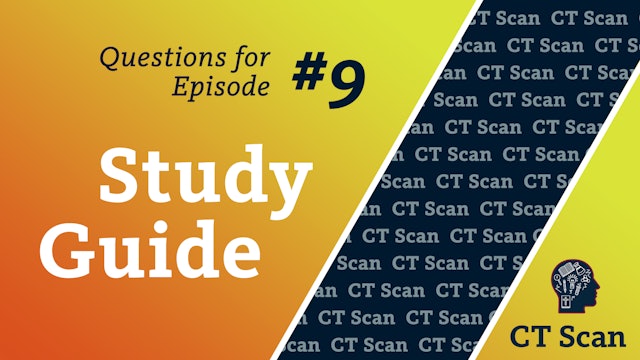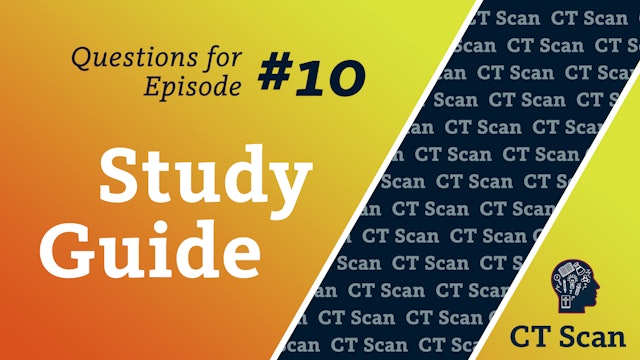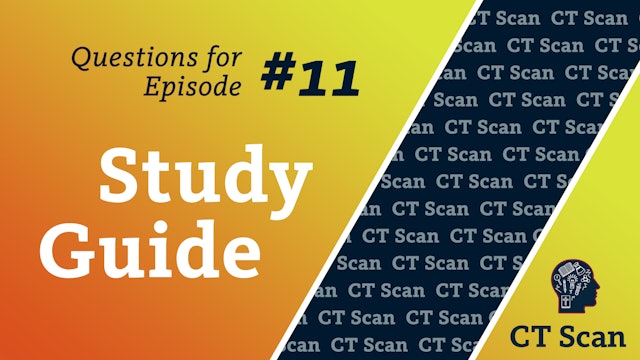-
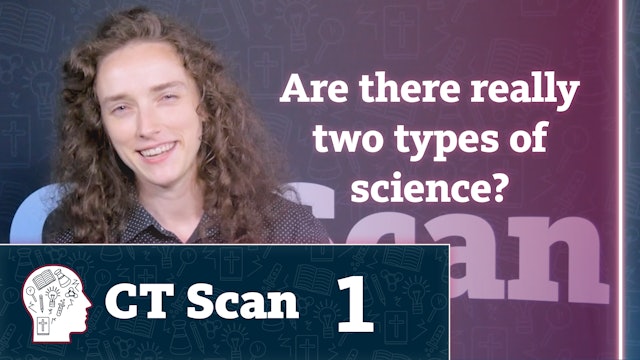 04:46Episode 1
04:46Episode 1Observational vs. Historical Science
Episode 1
Is there really a difference between observational science, which examines facts in the present, and historical science, which draws conclusions about the past? Not everyone thinks so. The answer has major implications for critical thinking, so let's unpack the definitions for these two types of ...
-
Handout 1 - Observational vs. Historical Science
171 KB
-
Are Soapberry Bugs Evidence for Evolution?
Episode 2
Evolution is supported by an overwhelming amount of scientific evidence.‚ At least, that's what a first-year biology textbook said, citing natural selection in soapberry bugs as the first example of such evidence. Let's apply the 7 Checks of Critical Thinking to see whether this claim is true.
C...
-
Handout 2 - Are Soapberry Bugs Evidence for Evolution?
173 KB
-
 04:53Episode 3
04:53Episode 3Drug Resistant Bacteria - Part 1
Episode 3
Textbooks often call antibiotic-resistant bacteria prime evidence for evolution.‚ Based on a real textbook example, let's use Critical Thinking Checks #1-5 to look at what's really going on in the observational science of bacteria resistance. There's a lot more to the story than what many textboo...
-
Handout 3 - Drug Resistant Bacteria – Part 1
181 KB
-
 05:07Episode 4
05:07Episode 4Drug Resistant Bacteria - Part 2
Episode 4
Textbooks often call antibiotic-resistant bacteria prime evidence for evolution.‚ Based on a real textbook example, let's use Critical Thinking Check #6 to look at what's really going on in the observational science of bacteria resistance. There's a lot more to the story than what many textbooks ...
-
Handout 4 - Drug Resistant Bacteria – Part 2
181 KB
-
 05:06Episode 5
05:06Episode 5Do Similarities Prove Evolution?
Episode 5
Do creatures with similar-looking features share the same evolutionary ancestor? Textbooks often say so, but let's see how to think critically and biblically about such arguments.
-
Handout 5 - Do Similarities Prove Evolution?
175 KB
-
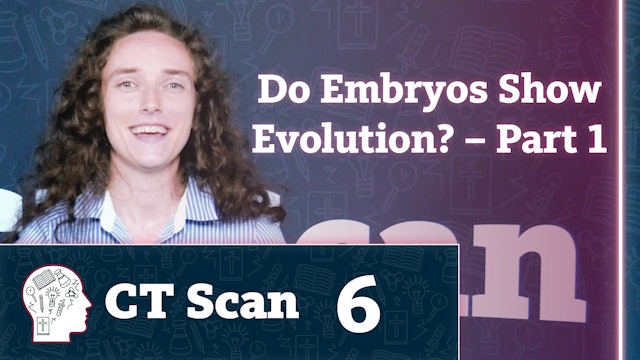 05:09Episode 6
05:09Episode 6Do Embryos Show Evolution? Part 1
Episode 6
A classic argument for evolution says that different creatures have similar embryos and therefore share an evolutionary ancestor. 19th-century biologist, Ernst Haeckel, famously forged drawings making embryos appear more alike than they are and believed embryos re-enact evolution. While most scie...
-
Handout 6 - Do Embryos Show Evolution? Part 1
177 KB
-
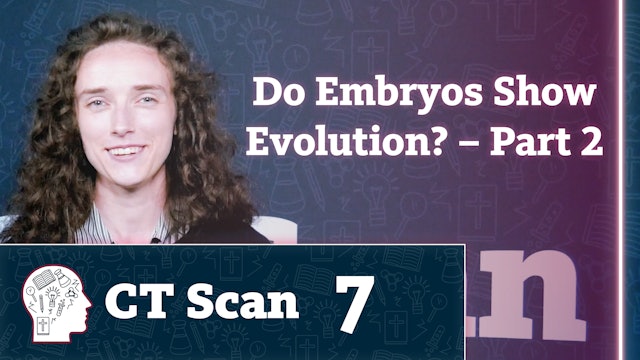 05:13Episode 7
05:13Episode 7Do Embryos Show Evolution? Part 2
Episode 7
A classic argument for evolution says that different creatures have similar embryos, and therefore share an evolutionary ancestor. 19th-century biologist Ernst Haeckel famously forged drawings making embryos appear more alike than they are, and believed embryos re-enact evolution. While most scie...
-
Handout 7 - Do Embryos Show Evolution? Part 2
175 KB
-
 05:07Episode 8
05:07Episode 8Vestigial Structures
Episode 8
Vestigial organs are structures in living things which supposedly had a function in their evolutionary ancestor, but now have ‚Äòno function'‚ or at least, different or reduced functions. Whether the appendix, the tailbone or wisdom teeth, ‚Äòvestigial' structures are often considered evidence fo...
-
Handout 8 - Vestigial Structures
179 KB
-
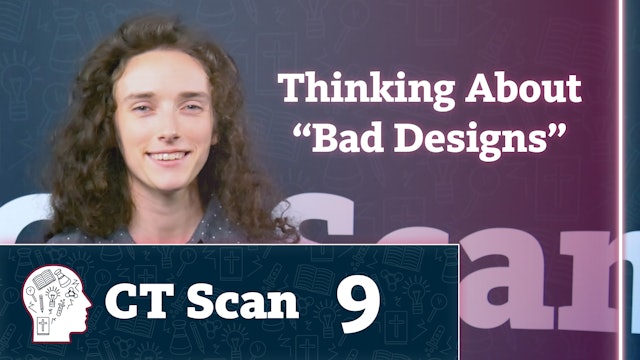 04:45Episode 9
04:45Episode 9Thinking About Bad Designs
Episode 9
A textbook argument against creation is that nature includes bad designs which point to evolution rather than a Creator. For example, food and air both pass through the pharynx, which can lead to choking, and a small blind spot exists in the human eye. Let's apply some critical thinking checks to...
-
Handout 9 - Thinking About “Bad Designs”
173 KB
-
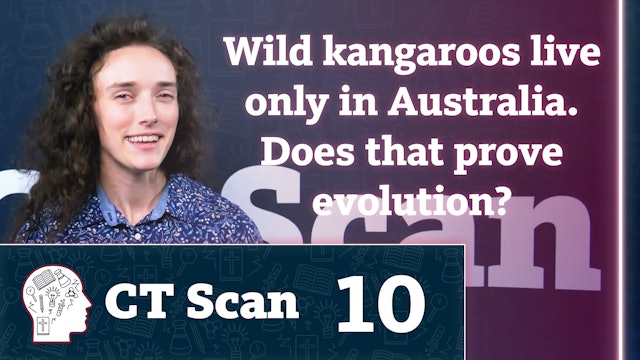 04:46Episode 10
04:46Episode 10Biogeography
Episode 10
Biogeography, the study of living things' geographic distributions, supposedly supports evolution. But is that true? Let's apply some Critical Thinking Checks to the popular claim that marsupials (like kangaroos) live only on southern continents because their ancestors evolved there.
-
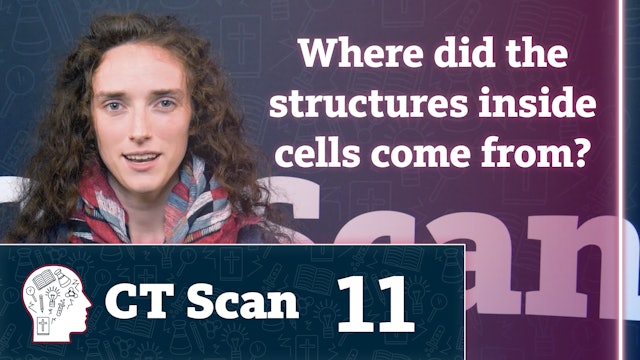 05:41Episode 11
05:41Episode 11Endosymbiosis
Episode 11
Endosymbiosis is the story of how complex' cells supposedly evolved from simpler' ones. The cells considered most complex, like animal and plant cells, are called eukaryotic, while cells like bacteria are prokaryotic. How did eukaryotic cells get some of the structures prokaryotes lack? Textboo...
-
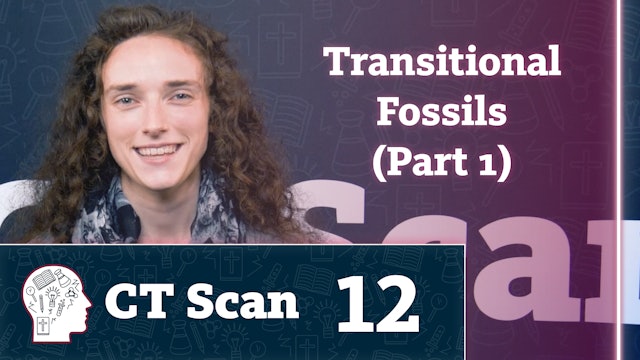 05:16Episode 12
05:16Episode 12Transitional Fossils (Part 1)
Episode 12
Part 1: Transitional fossils supposedly represent animals in some intermediate stage of evolution‚ for example, between fish and land creatures, dinosaurs and birds, or ape-like ancestors and humans. Museums and textbooks cite various transitional fossils as rock-solid evidence for evolution. Her...
-
Handout 12 - Transitional Fossils (Part 1)
193 KB



